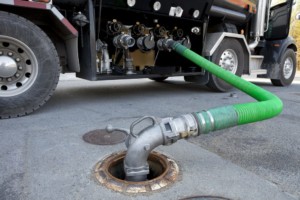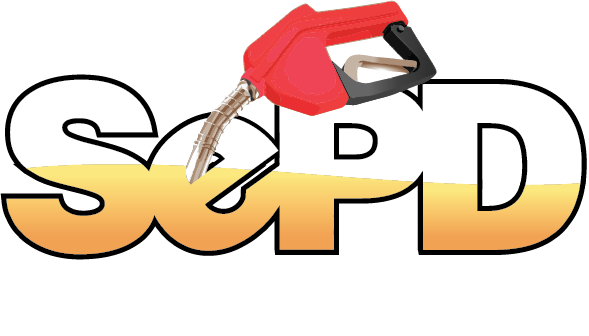 Buying fuel for your gas station isn’t as straightforward a prospect as you might think. You have to keep in mind several factors, including amount, timing and price.
Buying fuel for your gas station isn’t as straightforward a prospect as you might think. You have to keep in mind several factors, including amount, timing and price.
The size of your gas station and how fast you sell fuel will have an impact on how much you order at any given time. You can tell your carrier you only want a certain number of gallons delivered — below the minimum order — but you will still pay freight for the minimum.
That said, if prices are low enough, it may be worth it to you to order the smaller amount, despite the full cost of the freight. You have to do the math and decide what’s right for you. For instance, do you want to save a half-cent on freight or two cents on the price of gasoline?
Fuel prices change at 6 p.m. for most carriers; ExxonMobil changes at 7 p.m. The price of the load is based on when it’s picked up for delivery.
The amount of gas matters, because you may have to pay your bill before you sell all of the fuel you’ve purchased. It might be easier for a smaller store to pay for a smaller load because it will sell it faster than a full load.
Stores have another concern: whether they’ll run out of gas. As a store owner, you need to order gasoline at least 24 hours in advance of when you know you’ll need a delivery. However, that’s not always enough of a safety margin. Sometimes, falling prices or a big event like Bike Week in Daytona Beach raises demand. A high incidence of illness among drivers or a terminal shutdown can cause shortages. Consequently, a chain reaction of slow and delayed deliveries can happen. It might take a fuel supplier a few days or even a week to catch up.
It’s hard to predict if you’ll run out of fuel if you cut your order too close, especially since the carrier will have a four-hour window for the delivery. Exact delivery times are hard to predict. A delivery might be rolled to a later window during crunch times. An order two days in advance makes it more likely you’ll keep your store in good supplies.
When delivery times are normal and supplies are flowing well, a 24-hour scheduling of a delivery is usually OK. You can predict when you’ll get the load of fuel, but build in a safety margin.
A lot of stores will wait until the last minute to order to make sure they can pay the bill, but they might not get the order in time. Cutting it close is always a risk. Ordering supplies is part calculation, part art, but it’s one you can master with practice.





